Gaywallet (they/it)
I’m gay
- 42 Posts
- 43 Comments

 5·2 months ago
5·2 months agoI hate and love this. Thanks 💜

 8·2 months ago
8·2 months agoI wonder if eventually we could sidestep the use of bactiophages and instead manufacture the microscopic structures themselves as sunscreen.
There’s a good number of biological processes that are much simpler, cheaper, and require much less materials when the biological process is preserved. A good example of this is water cleaning/breaking down sewage with bacteria which give off methane which is also collected as fuel. Given that the main outcome here is sunscreen that doesn’t damage biology and it’s generally not that expensive to keep sustain life like this, it might make the most sense to simply leave it at production/farming of bacteriophages.

 3·3 months ago
3·3 months agoThis is a reminder to be nice on our instance. Telling someone you don’t care and that they’re wasting time are not productive. Just don’t reply if you feel this way.

 6·3 months ago
6·3 months agoOf course, the data is not shown.
Link to journal article

 10·3 months ago
10·3 months agoOne of the most promising uses of CRISPR that’s being investigated right now is it’s use to combat climate change by modifying plants to sequester carbon.

 5·3 months ago
5·3 months agoIf we ignore the costs, wouldn’t it be mostly a game of probabilities? If that’s the case it would be a matter of repeating the treatment often enough to reduce the probability of the virus returning to effectively 0.
Yes, but a game of probabilities can mean that the management of a chronic condition becomes easier. It takes a certain amount of time for HIV to activate into AIDS. Modern management of HIV is a daily medication where dosage has a lot to do with what state you catch HIV in. With something like this, even if we cannot completely remove HIV from the person’s system, we may be able to reverse it to a state where it can be managed by the existing immune system and eliminated/cured, or at the very least can reduce how much of the medication one needs to be taking to keep things in check.
To patients treatments like this might mean that in the future they may simply need to take a single pill or injection or undergo a minor procedure (such as an implant) much less often than once per day. This could greatly reduce the anxiety that one might experience around the question of whether they took their medication that day, or even remove the burden of having to refill/take a medication daily because it is instead an injection or procedure or implant.
We are, of course, a LONG way from this being possible as human application of CRISPR is extremely limited and extremely expensive (we’ve cured sickle cell anemia in several humans now, with costs of the procedure in the millions) at this point in time, but it’s also amazing that we’ve even done that given how new CRISPR is.

 16·3 months ago
16·3 months agoThis is an oversimplification of processes that happen during sleep. This has to do with fat metabolism in brain cells mediated through the effect of specific gene variants.

 1·3 months ago
1·3 months agoah shoot just realized this is a duplicate of another post! Removing

 5·4 months ago
5·4 months agoDirect link to journal article

 6·5 months ago
6·5 months ago
Direct link to journal article -https://www.frontiersin.org/articles/10.3389/fcell.2023.1339390/full

 3·5 months ago
3·5 months agoI am most certainly not waving hands and saying that review is enough
Apologies, that’s what it sounded like to me. You said it’s clickbait. You said the title would work without AI in the title. You also said that AI generation isn’t relevant. That felt like diminishing the conversation - focusing in on what you’re most concerned about, and dismissing all other discussions. I don’t think that helps discussion happen. It discourages it. It says that we shouldn’t talk about the problems present here which exist outside the realm of just the review process.
For example, both of the figures do have a description, but neither of them have any kind of attribution. The review process might ensure it is factual when it is followed and still let through material such as that you’ve laid out above which do not involve AI - like hiring someone off of fiverr. One way to solve this would be with image attribution. As I mentioned above, simply requiring that an image explain where it came from, such as requiring attribution to the artist who created the figure or requiring that the software used be attributed (perhaps even requiring the full prompt for generated images) are all methods through which we can ensure scientific rigor (and accurate attribution) which will both help ensure the review process catches problematic material and cues the readers in to key information about the figures present in research.

 10·5 months ago
10·5 months agoSimplifying this down to an issue of just the review process flattens out the problem that generative AI does not think in the same way that generative human content does. There’s additional considerations that need to be made when considering using generative AI, namely that generative AI does not have a sum of knowledge to pull from in order to keep certain ideas in check, such as how large an object should appear and it doesn’t have the ability to fact check relevancy with other objects within the image.
We need to think about these issues in depth because we are introducing a non-human, specific kind of bias into literature. If we don’t think about it systematically we can’t create a process which intends to limit or reduce the amount of bias introduced by allowing this kind of content. Yes, the review process can and should already catch a lot of this, but I’m not convinced that waving our hands and saying that review is enough is adequate to fully address the biases we may be introducing.
I think there’s a much higher chance of introducing bias or false information in highly specialized fields where the knowledge necessary to determine if something was generated incorrectly, since generative AI does not draw upon facts or fact check, is in fact, correct. Reviewers are not perfect, and may miss things. If we then draw upon this knowledge in the future to direct additional studies we might create a house of cards which becomes very difficult to undo. We already have countless examples of this in science where a study with falsified data or poor methodology breeds a whole field of research which struggles to validate the original studies and eventually needs to be retracted. We could potentially have situations in which the study is validated but an image influences how we even think (or can acquire funding for) a process should work. Having strong protections such as requiring that AI images be clearly notated that they were created via AI, can help to mitigate these kinds of issues.

 6·5 months ago
6·5 months agoI can relate to being vulnerable and extremely influenced by factors outside of my control, tho

 11·6 months ago
11·6 months agoI get what he’s saying, and in many ways I agree, but the choice of words is too strong for the hypotheses he’s presenting. For example, he uses the following to bolster his claim
Abundant evidence indicates that people who grew up in homes marked by chaos and deprivation will perceive the world differently and make different choices than people raised in safe, stable, resource-rich environments.
Yet he mentions himself that we are subject to our external environment. Some of these individuals do not make markedly different choices based on these external differences, not to mention their own internal ones (genetics, etc.).
To make the claim that we have no free will because we are the sum of our environment + upbringing ignores that we have a modicum of control over our environment, and it also ignores how our interactions provide that external environment. We pass laws to further human rights and create a better environment so that people in the future would hold them in higher esteem and be influenced by these choices we make. In short, there is a field of possibility that lies within the maybes - our genetics and upbringing set us up for how malleable we are on any decision. Some decisions simply won’t happen and some outcomes are likely inevitable, but most fall in the space where there is a likely but not predetermined outcome which is influenced by the environment. This is why perfect predetermination is impossible.
In fact, this very viewpoint is even reinforced in the most physical of sciences - physics. In quantum physics we can at best determine probable outcomes. While there are theorists who believe in superdeterminism, or the idea that we simply don’t have all the variables to determine everything perfectly yet, superdeterminism has gotten no closer to explaining bell tests, the slit experiment, or other quantum phenomenon in well over 50 years. Increasingly complicated mathematics repeatedly show that there is a fundamental randomness to the universe that we seem unable to capture.
And I think it makes sense, in the context of what we know of biology and evolution. Brains are constructed in a way where signals are created almost randomly, and then organized to make sense of the world. Evolution has played a part to refine this processing so that it ignores what’s not important to survival and proliferation. If this process weren’t generative and random in some sense, we would not evolve and there would be little to no purpose for diversity. The world is constantly changing and thus our biology must account for this, meaning that it must be malleable and open to changes by the environment. If it is open to changes by the environment, then we must be able to influence each other and thus a concept of free will must exist that at the very least is a representation of the sum of all that activity.

 6·6 months ago
6·6 months agoIbogaine has been used in alternative medicine to help people break addiction for quite some time. It just happens to be a psychedelic treated with extreme respect, perhaps due to the nonzero chance that it could kill you. Interestingly enough, this study seems to suggest that co-administration with magnesium may completely or at least significantly offset that chance.

 5·6 months ago
5·6 months agoTo be clear, MAPS was actually not involved in this study, although it is fair to say their advocacy is absolutely pinnacle to the field of psychedelic sciences. But I do agree, MAPS rules

 21·6 months ago
21·6 months agoI spoke with the researchers on this particular study a few months ago at a local conference. This study is interesting to me due to a few factors:
- Ibogaine is almost never studied in the medical context because a small number of individuals experience an adverse reaction involving the heart which can result in death
- The researchers theorized you could counter this rare but life threatening side effect by co-administering magnesium, suggesting that afib is behind the heart-related problems and that ibogaine may cause some kind of imbalance with Ca, K, and Na.
- Ibogaine is a schedule 1 controlled drug in the US meaning that it cannot be studied for medical purposes. Unlike MDMA and psilocybin which have had the power of MAPS arguing for decades for the use in research and allowing medical research despite the scheduling status of the drugs, ibogaine has not received this special status, meaning that the researchers had to have a rather unique study design in which patients were recruited in one country and sent to another country for treatment. I’ve quite literally never seen a study do this, let alone one which is working with a population that is federal in nature (veterans) and is a fantastically creative way of ensuring medical research can continue amongst draconian law.
Also, here’s a direct link to the article in nature

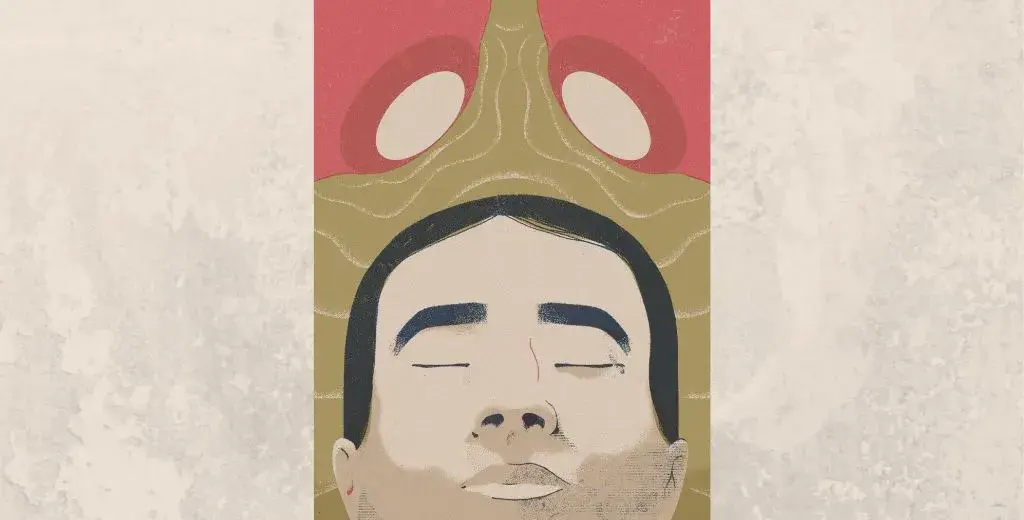




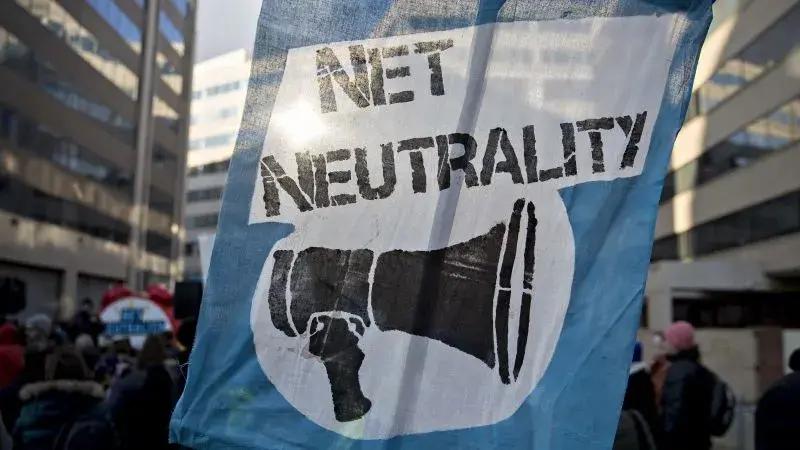
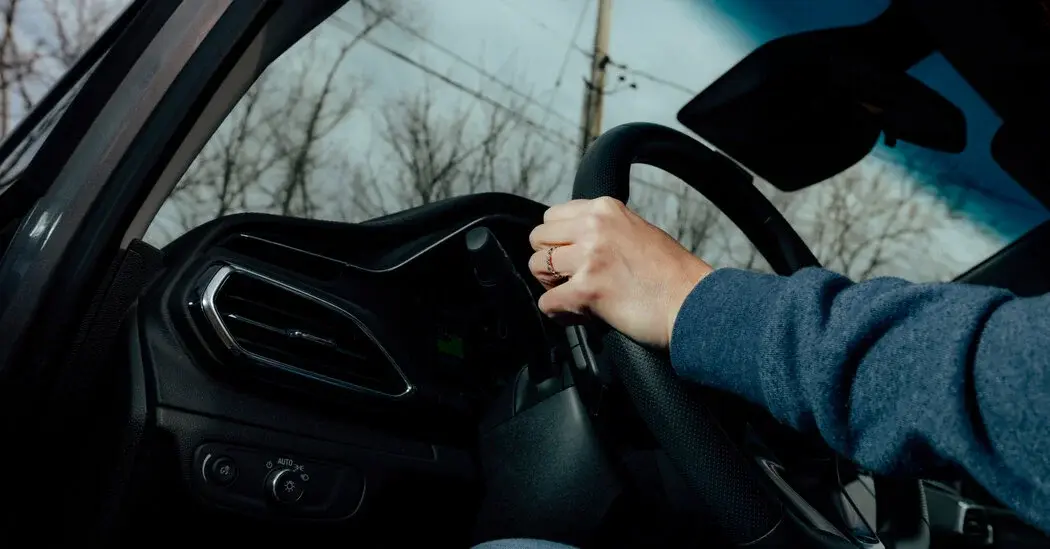

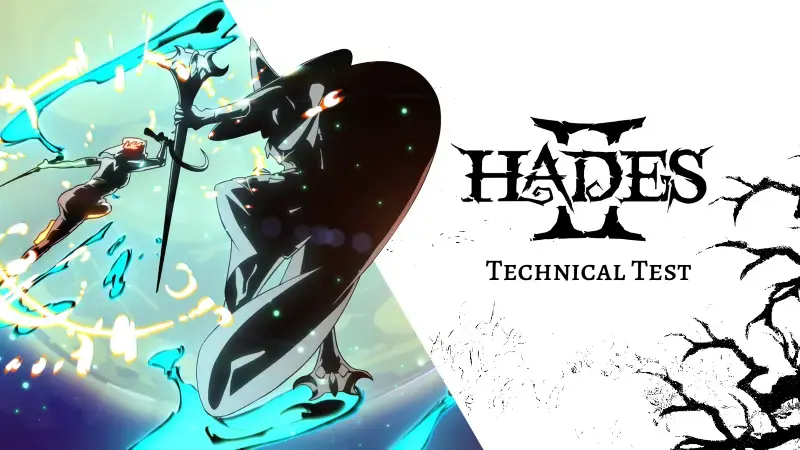

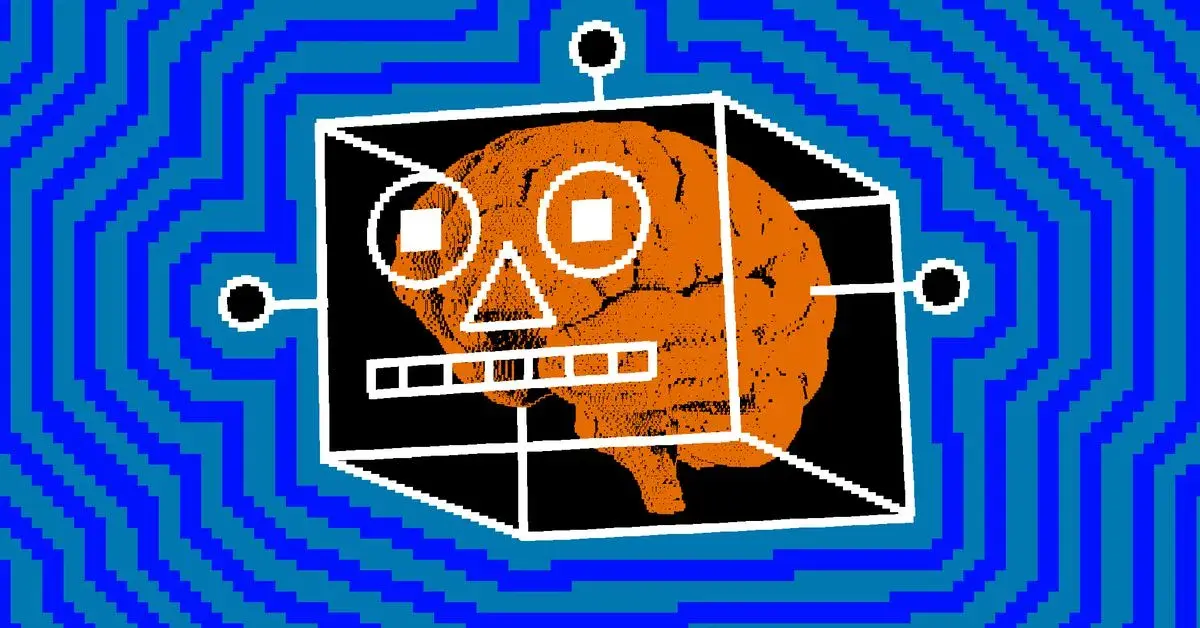


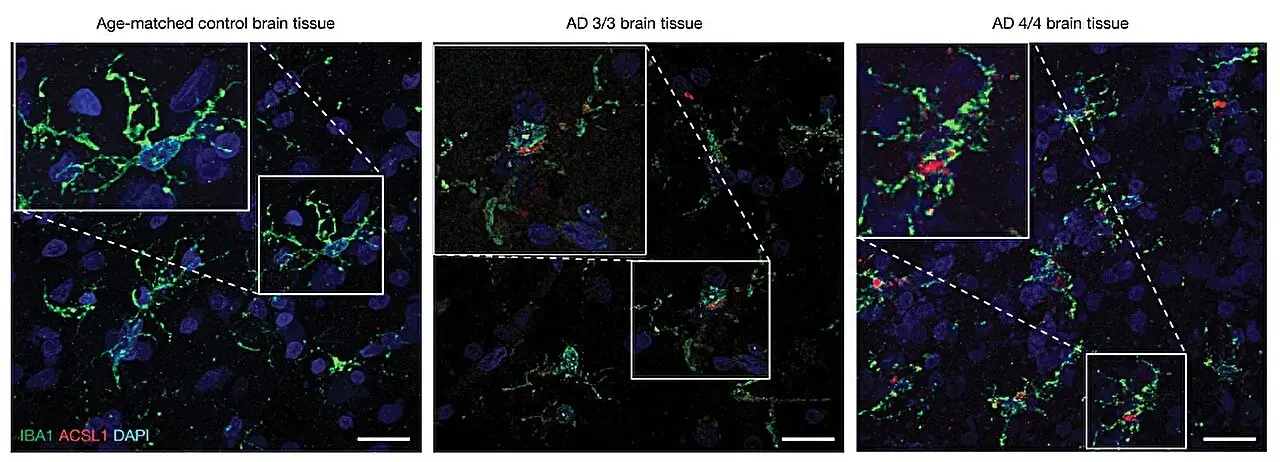




Meganucleases can work in quite a few ways. Typically speaking cleaving describes a process in which a section of genome is removed (cutting in two places), but not always. The article doesn’t go into too much detail of the specifics of the meganucleases used in this study, but the literature they cite might.